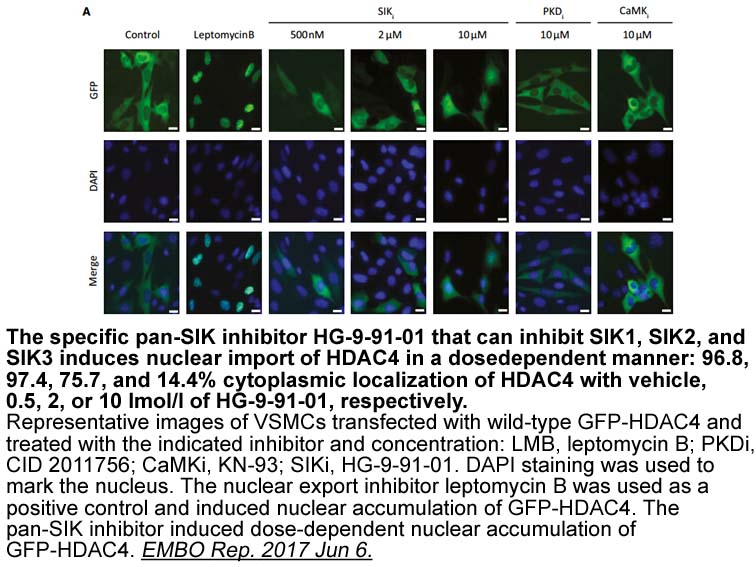Archives
In our previous study adiponectin system genes and proteins
In our previous study, adiponectin system (genes and proteins) expression in the porcine endometrium and myometrium was observed on Days 2 to 3, 10 to 12, 14 to 16, and 17 to 19 of the estrous cycle [23]. Adiponectin receptors expression (mRNA) in the porcine endometrium was described by Lord et al. [19]. Adiponectin receptors were also found in porcine early developing embryos [29]. Studies of other species have revealed adiponectin system expression in the human [21], rabbit, and mouse [30] non-pregnant endometrium. The expression of adiponectin and its receptors was also noted in the uteri of pregnant mice and in embryos in all stages of preimplantation development, including blastocysts [22]. In the rat oviduct, the presence of adiponectin was reported in secretory granules of the isthmus, which suggests that this adipocytokine is secreted in oviductal fluid [31]. Our results and the findings of other previously cited authors imply that the adiponectin system is present in the uterus and that adiponectin may exert a direct auto/paracrine effect on this organ.
The establishment of pregnancy is determined by 2 critical events: embryo implantation and placentation. It has been suggested that adiponectin plays an important role in those processes. In humans, transcript levels of both adiponectin receptors in the endometrium were higher during the midluteal phase of the cycle, which corresponds with the period of embryo implantation [21]. The expression of AdipoR1 and AdipoR2 in the endometrium during the implantation window was lower in women with recurrent implantation failure than in fertile controls. The previous mentioned results suggest that changes in the adiponectin receptor expression profile may be linked with the development of uterine receptivity, and this observation could constitute a novel factor for prediction of implantation failure [32]. Before implantation, adiponectin protein was found mainly in the epithelial cells of mouse uterine glands and in glandular and luminal epithelial cells and stromal cells of rabbit endometrium. During implantation, adiponectin protein was highly expressed in the rabbit uterus near the implantation site and in the implanting ODM-201 [30]. In mice, the expression of the adiponectin system was reported mainly in decidual cells harvested from the implantation site and in epithelial cells of interimplantation sites. The expression of adiponectin and its receptor genes was significantly higher in implantation sites than in interimplantation sites [22]. In this study, the highest adiponectin gene expression in the endometrium was detected during implantation (Days 15–16) and in the conceptuses on Days 15 to 16 of gestation. Adiponectin protein concentration was higher on Days 12 to 13 of gestation, when maternal recognition of pregnancy occurs in pigs, than on Days 10 to 11, 15 to 16, and 27 to 28 of gestation. AdipoR2 protein expression was higher on Days 15 to 16 of gestation than on Days 10 to 11, 12 to 13, and 27 to 28 of gestation. It has been showed that termination of delayed implantation, artificial decidualization, and in vitro decidualization in mice increased the expression of adiponectin, AdipoR1, and AdipoR2. The previously mentioned results conf irmed the presence of a correlation
irmed the presence of a correlation  between implantation, decidualization, and adiponectin system expression [22]. Takemura et al. [21] reported that adiponectin activated AMPK and inhibited proinflammatory cytokine secretion in cultured human endometrial cells. These findings imply that adiponectin could regulate energy supply and the inflammatory response of the endometrium. They suggest that adiponectin and its receptors are important for the maternal recognition of pregnancy and implantation.
Our study demonstrates for the first time that the adiponectin system is also expressed in porcine conceptuses and trophoblasts (Days 27–28 and 30–32 of gestation). Transcripts and proteins for adiponectin, AdipoR1, and AdipoR2 were detected in human and rat placenta [33]. The expression of both adiponectin receptors was observed in freshly isolated human cytotrophoblast cells and primary trophoblast cells in a culture [34]. AdipoR2 expression was also reported in human placental cytotrophoblasts and syncytiotrophoblasts [35]. In the first trimester human placenta, adiponectin enhances invasion capacities of cytotrophoblast by inducing metalloproteinase activity. Adiponectin also promoted the syncytialization capacities of the first trimester human cytotrophoblasts, which was manifested by an increase in human chorionic gonadotropin secretion and the upregulation of two trophoblast differentiation markers, leptin and syncytin 2 [36]. These results suggest that adiponectin could be considered as a regulator of trophoblast function.
between implantation, decidualization, and adiponectin system expression [22]. Takemura et al. [21] reported that adiponectin activated AMPK and inhibited proinflammatory cytokine secretion in cultured human endometrial cells. These findings imply that adiponectin could regulate energy supply and the inflammatory response of the endometrium. They suggest that adiponectin and its receptors are important for the maternal recognition of pregnancy and implantation.
Our study demonstrates for the first time that the adiponectin system is also expressed in porcine conceptuses and trophoblasts (Days 27–28 and 30–32 of gestation). Transcripts and proteins for adiponectin, AdipoR1, and AdipoR2 were detected in human and rat placenta [33]. The expression of both adiponectin receptors was observed in freshly isolated human cytotrophoblast cells and primary trophoblast cells in a culture [34]. AdipoR2 expression was also reported in human placental cytotrophoblasts and syncytiotrophoblasts [35]. In the first trimester human placenta, adiponectin enhances invasion capacities of cytotrophoblast by inducing metalloproteinase activity. Adiponectin also promoted the syncytialization capacities of the first trimester human cytotrophoblasts, which was manifested by an increase in human chorionic gonadotropin secretion and the upregulation of two trophoblast differentiation markers, leptin and syncytin 2 [36]. These results suggest that adiponectin could be considered as a regulator of trophoblast function.